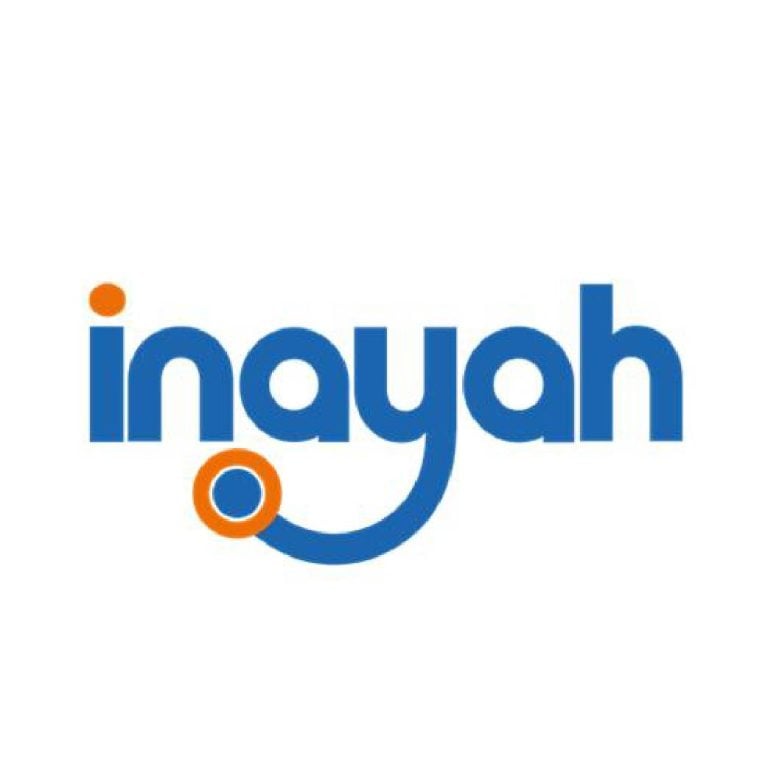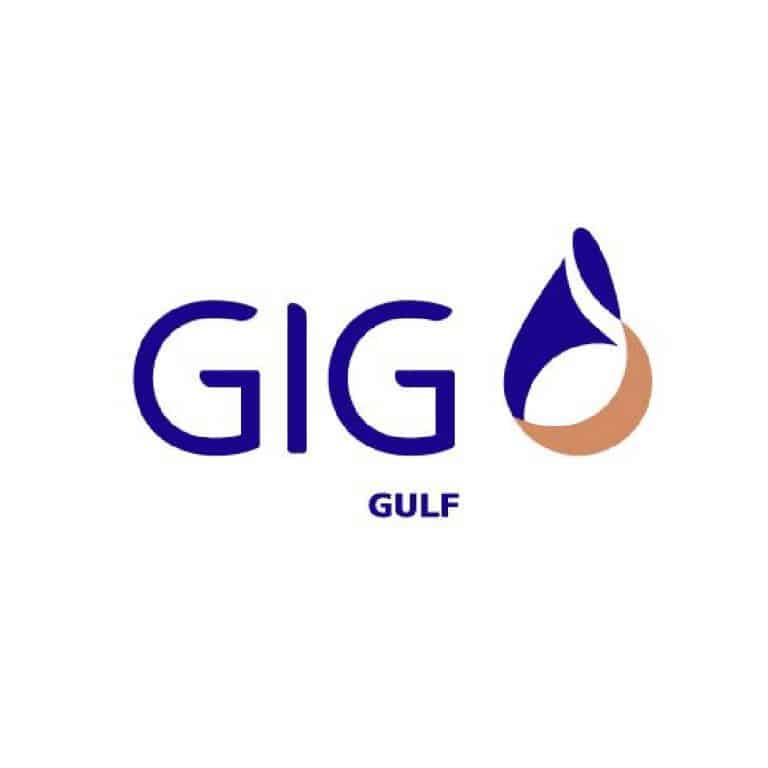Endoanal Ultrasound
Exploring Endoanal Ultrasound in Proctology
Endoanal ultrasound is a specialized imaging technique utilized in proctology for the assessment and diagnosis of conditions affecting the anus and rectum. This procedure provides detailed imaging of the anal sphincter muscles and surrounding tissues, playing a crucial role in the diagnosis and management of various anal and rectal disorders.
Purpose and Procedure
Endoanal ultrasound involves the insertion of a small ultrasound probe into the anus to visualize the internal structures of the rectum and anal canal. This procedure aids in the evaluation of key aspects such as:
Anal Sphincter Muscles
It offers detailed images of the anal sphincter muscles, identifying tears, defects, or weaknesses that may contribute to conditions like fecal incontinence or anal fistulas.
Rectal Wall
The assessment of rectal wall thickness helps in identifying abnormalities such as tumors, inflammation, or abscesses.
Perianal Tissues
Endoanal ultrasound assists in visualizing perianal tissues and structures, contributing to the diagnosis of conditions like anal fissures or abscesses.
Indications for Endoanal Ultrasound
Fecal Incontinence: It helps identify the underlying causes of fecal incontinence by evaluating the integrity and function of the anal sphincter muscles.
Anal Fistulas: Endoanal ultrasound assists in determining the extent and path of anal fistulas, aiding in treatment planning.
Evaluation of Tumors or Lesions: It aids in assessing the size, location, and characteristics of rectal tumors or lesions.
Benefits of Endoanal Ultrasound
Accuracy: Provides detailed and precise images of anal and rectal structures, aiding in accurate diagnosis and treatment planning.
Non-invasive: A minimally invasive procedure that usually causes minimal discomfort to patients.
Real-time Imaging: Offers real-time imaging, allowing immediate assessment and interpretation of the results.
At Yugen Care
At Yugen Care, our skilled proctologists employ state-of-the-art endoanal ultrasound technology to diagnose and manage various anal and rectal conditions. We prioritize patient comfort and provide a comprehensive assessment to tailor treatment plans for individual needs.
Our team of experts ensures that patients receive precise diagnoses and personalized treatment strategies, incorporating the findings from endoanal ultrasound to provide optimal care.
Conclusion
Endoanal ultrasound stands as a valuable diagnostic tool in proctology, enabling detailed visualization of anal and rectal structures for accurate diagnosis and effective treatment planning. Its non-invasive nature and high accuracy make it an essential component in the assessment of various anal and rectal conditions.
For precise diagnoses and personalized care, contact Yugen Care today and benefit from our expertise in utilizing endoanal ultrasound for proctology treatments.
FAQ
Endoanal ultrasound is typically not painful. The procedure involves the insertion of a small ultrasound probe into the anus to create images of the rectum and anal sphincter muscles. While some patients may experience slight discomfort or pressure during the insertion of the probe, it is generally well-tolerated. Local anesthetic gel is often used to ease any discomfort. If you have concerns or specific medical conditions, it's advisable to discuss them with your healthcare provider before the procedure.
Endorectal ultrasound (ERUS) is a medical imaging technique used to examine the rectum and surrounding structures. During this procedure, a small ultrasound probe is inserted into the rectum. This allows for detailed imaging of the rectal wall, nearby lymph nodes, and structures such as the prostate in males. Endorectal ultrasound is commonly employed in the diagnosis, staging, and monitoring of conditions such as colorectal cancer and certain anorectal disorders.
No, traditional ultrasound is not typically used to detect anal fissures. However, other imaging techniques or diagnostic methods may be more suitable for identifying fissures, such as a visual examination by a healthcare provider. Anoscopy or flexible sigmoidoscopy are commonly used procedures to diagnose anal fissures. If you suspect you have an anal fissure or are experiencing related symptoms, it's best to consult with a healthcare professional for proper evaluation and diagnosis.
While traditional ultrasound is not commonly used to detect hemorrhoids, there are specialized ultrasound techniques, such as Doppler ultrasound or transrectal ultrasound, that can help visualize hemorrhoidal blood flow and assess the anatomy of the anal region. However, the diagnosis of hemorrhoids is often based on clinical evaluation, and visual inspection by a healthcare provider during procedures like anoscopy or flexible sigmoidoscopy is more common. If you suspect you have hemorrhoids or are experiencing related symptoms, it's recommended to consult with a healthcare professional for proper evaluation and diagnosis.
Yes, it is possible to have a bowel movement with an anal fissure, but it may be associated with pain and discomfort. Anal fissures can cause pain during and after bowel movements, and you may notice bright red blood on the toilet paper or in the toilet bowl. If you suspect you have an anal fissure or are experiencing pain during bowel movements, it is advisable to consult with a healthcare professional for proper evaluation and guidance on management and treatment.
Positioning: Lie on your side with your knees bent, as this can help relieve pressure on the anal area.
Pillow Support: Place a pillow between your knees to reduce pressure on the perianal region and enhance comfort.
Warm Baths: Take a warm bath before bedtime to help relax the anal muscles and alleviate some discomfort.
Topical Treatments: Follow your healthcare provider's recommendations for any prescribed or over-the-counter topical treatments to promote healing.
Soft Bedding: Ensure your mattress and bedding are comfortable and soft to minimize pressure on the affected area.
Treatment Now, Pay Later!











Insurance ease!















